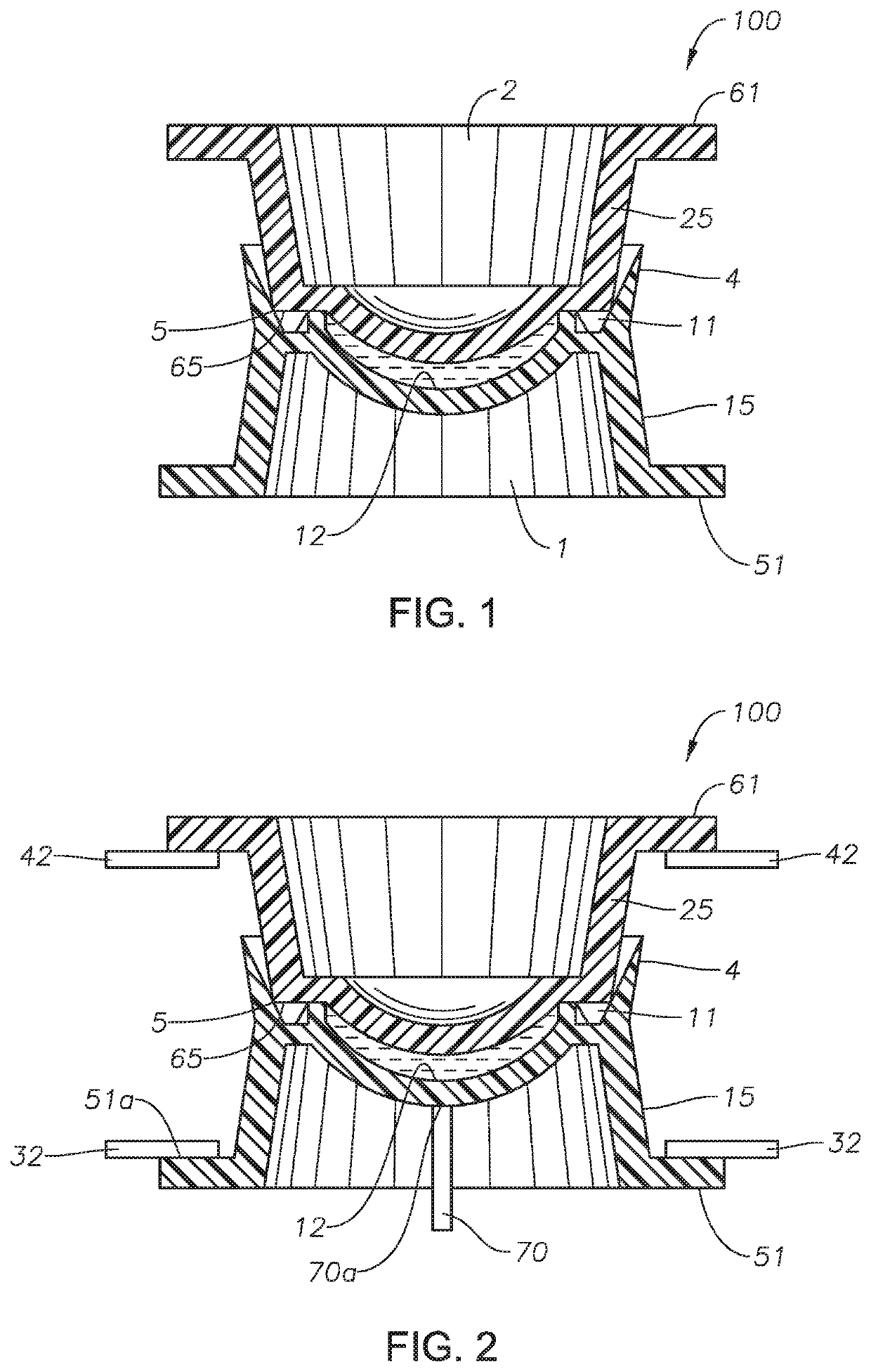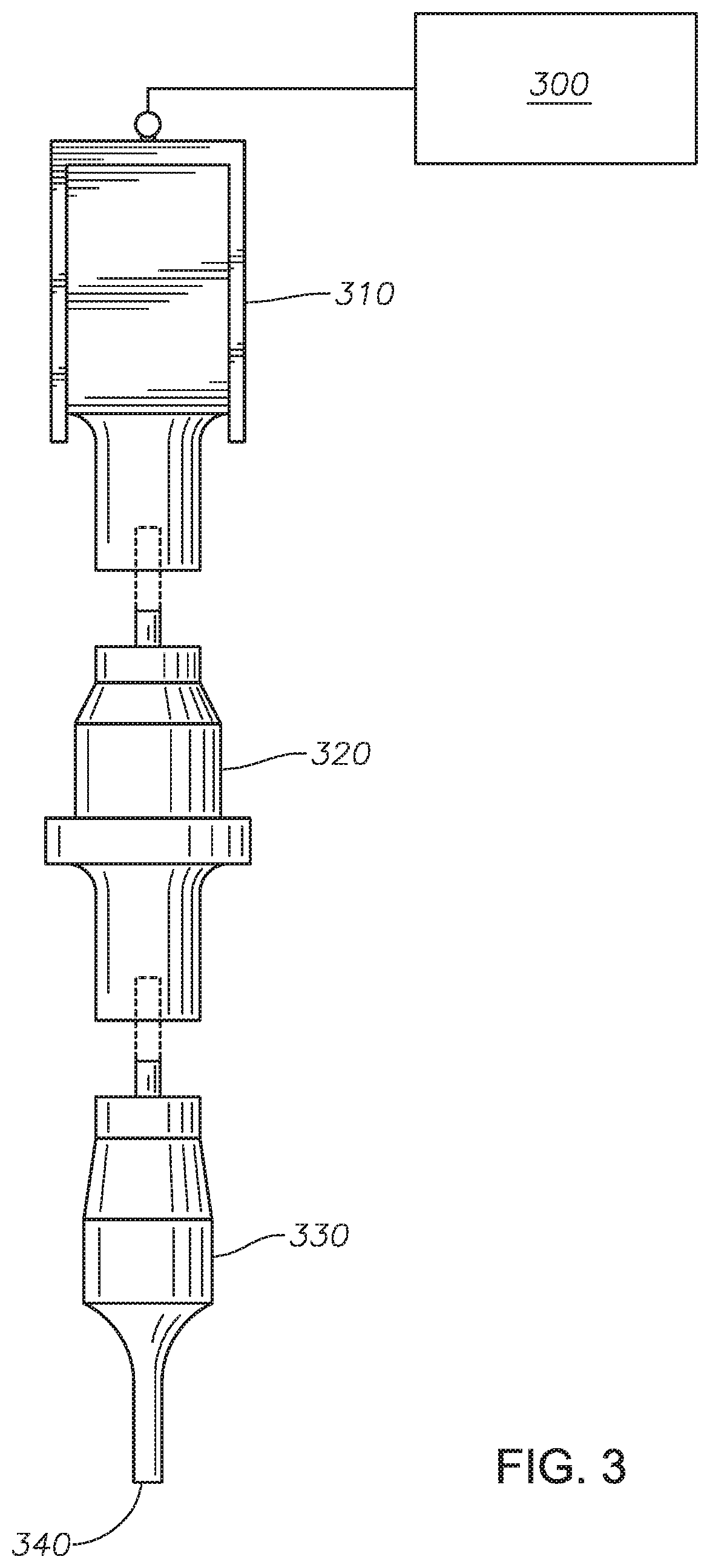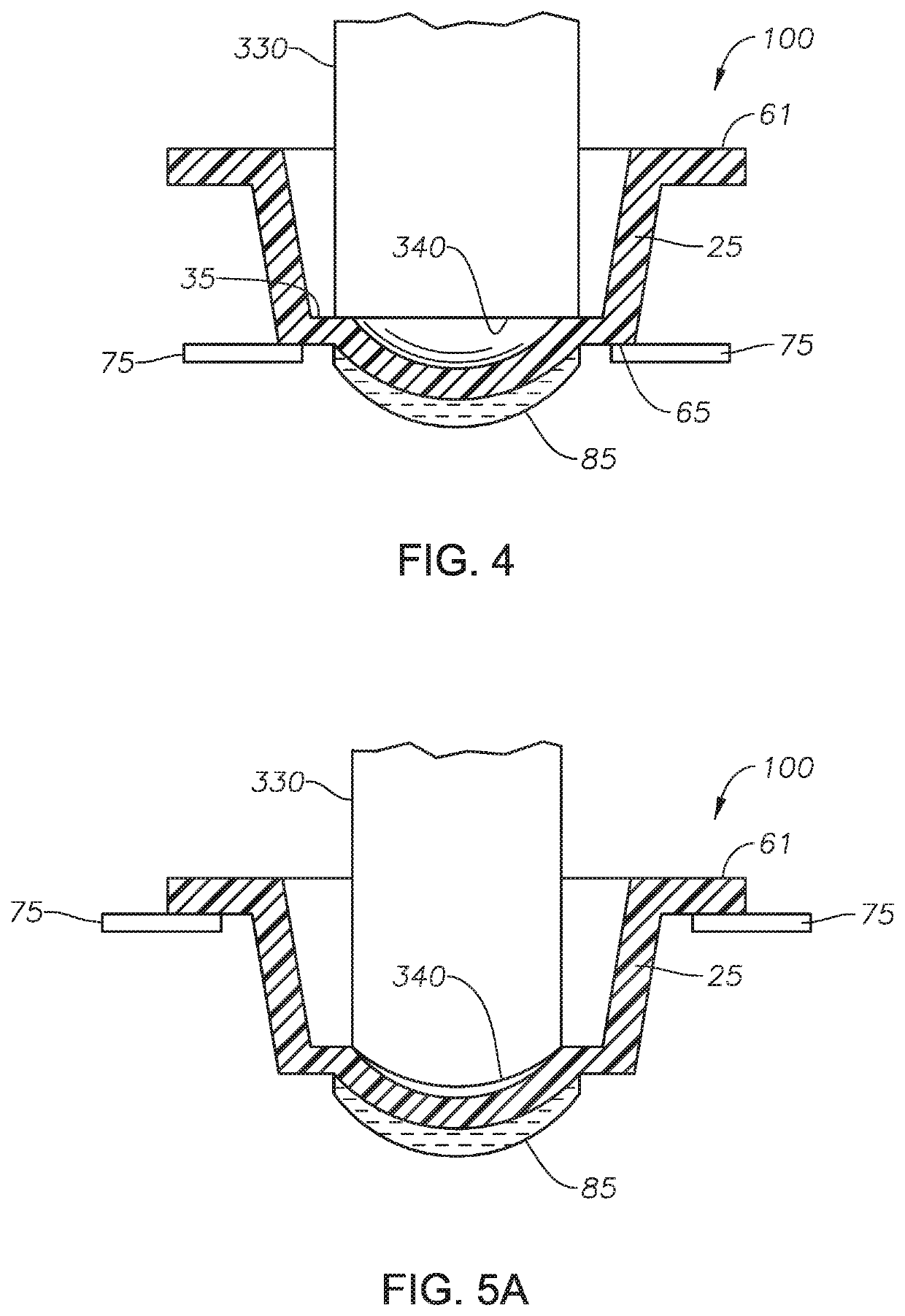Method for producing photochromic contact lenses
a technology of contact lenses and photochromic compounds, which is applied in the field of photochromic contact lenses, can solve the problems of adversely affecting the lens properties and processability of cast-molded lenses, and the sensitivity of photochromic compounds to degradation (decomposition),
- Summary
- Abstract
- Description
- Claims
- Application Information
AI Technical Summary
Benefits of technology
Problems solved by technology
Method used
Image
Examples
example 1
Chemicals
[0214]The following abbreviations are used in the following examples: NVP represents N-vinylpyrrolidone; DMA represents N,N-dimethyl acrylamide; MMA represents methyl methacrylate; TEGDMA represent triethyleneglycol dimethacrylate; EGMA represents ethylene glycol methyl ether methacrylate; AMA represents allyl methacrylate; V64 represents 2,2′-dimethyl-2,2′azodipropiononitrile; V88 represents 1,1′-Azobis(cyanocyclohexane) which has a 10-hour half-life temperature of 88° C.; Nobloc is 2-[3-(2H-Benzotriazol-2-yl)-4-hydroxyphenyl]ethyl methacrylate; RB247 is Reactive Blue 247; TAA represents tert-amyl alcohol; PrOH represents 1-propanol; IPA represents isopropanol; PBS represents a phosphate-buffered saline which has a pH of 7.2±0.2 at 25° C. and contains about 0.044 wt % NaH2PO4.H2O, about 0.388 wt % Na2HPO4.2H2O, and about 0.79 wt % NaCl and; wt % represents weight percent; D6 represents monobutyl-terminated monomethacryloxypropyl-terminated polydimethylsiloxane (M.W. 700 to...
example 2
Preparation of PAA Aqueous Solution
[0221]An aqueous solution of polyacrylic acid (PAA) is prepared by adding adequate amount of PAA in water (distilled or deionized water). After PAA is fully dissolved, the pH is adjusted by adding ˜1.85% formic acid to the PAA aqueous solution to about 2. The target concentration of PAA is about 0.1% by weight. The prepared PAA aqueous solution is filtered to remove any particulate or foreign matter.
Phosphate Buffered Saline (PBS)
[0222]A phosphate buffered saline is prepared by dissolving NaH2PO4.H2O, Na2HPO4.2H2O, and in a given volume of purified water (distilled or deionized) to have the following composition: ca. 0.044 w / w % NaH2PO4.H2O, ca. 0.388 w / w / % Na2HPO4.2H2O, and ca. 0.79 w / w % NaCl.
In-Package-Coating Saline (IPC saline)
[0223]IPC saline is prepared as follows. Poly(AAm-co-AA)(90 / 10) partial sodium salt, poly(AAm-co-AA) 90 / 10, Mw 200,000) is purchased from Polysciences, Inc. and used as received. Kymene or PAE solutions of different soli...
example 3
[0224]This example illustrates the adverse effects of a photochromic compound in a lens formulation upon the delensing
Preparation of Polymerizable Compositions
[0225]Three lens formulations (polymerizable compositions), I to III, are prepared to have compositions (in weight unit parts) as shown in Table 1.
TABLE 1Lens Formulation ID (unit weight parts)ComponentsIIIIIIAMA0.10.10.1TEGDMA0.30.30.3D6343434G1666NVP404040MMA999EGMA10.210.210.2Photochromate*0.780.780.78Nobloc1.81.81.8V640.51.01.5RB 2470.010.010.01TAA111*Reversacol Volcanic Grey from Vivimed Lab Limited.
[0226]The formulations are prepared by adding listed components into a clean bottle, with a stir bar to mix at 600 rpm for 30 min at room temperature. After all the solid is dissolved, a filtration of the formulation is carried out by using 2.7 μm GMF filter.
Cast Molding
[0227]A lens formulation is purged with nitrogen at room temperature for 30 to 35 minutes.
[0228]The N2-purged lens formulation is introduced into polypropylene...
PUM
| Property | Measurement | Unit |
|---|---|---|
| glass-transition temperature Tg | aaaaa | aaaaa |
| weight ratio | aaaaa | aaaaa |
| elastic modulus | aaaaa | aaaaa |
Abstract
Description
Claims
Application Information
 Login to View More
Login to View More - R&D
- Intellectual Property
- Life Sciences
- Materials
- Tech Scout
- Unparalleled Data Quality
- Higher Quality Content
- 60% Fewer Hallucinations
Browse by: Latest US Patents, China's latest patents, Technical Efficacy Thesaurus, Application Domain, Technology Topic, Popular Technical Reports.
© 2025 PatSnap. All rights reserved.Legal|Privacy policy|Modern Slavery Act Transparency Statement|Sitemap|About US| Contact US: help@patsnap.com



